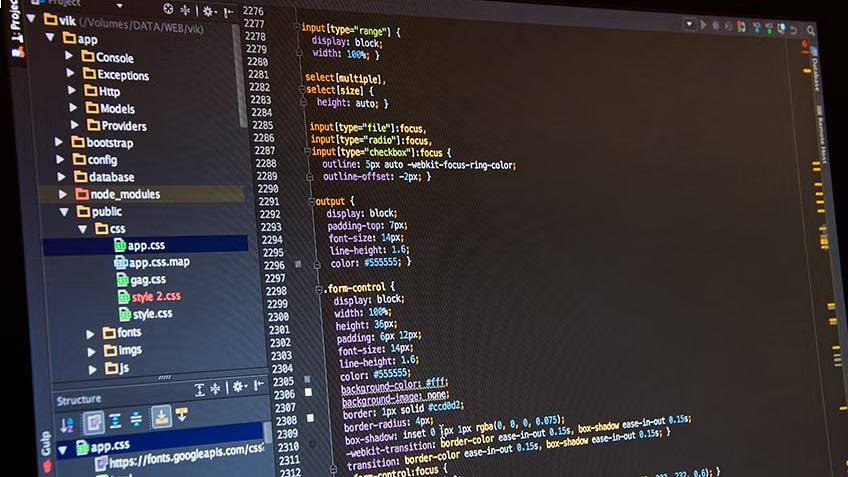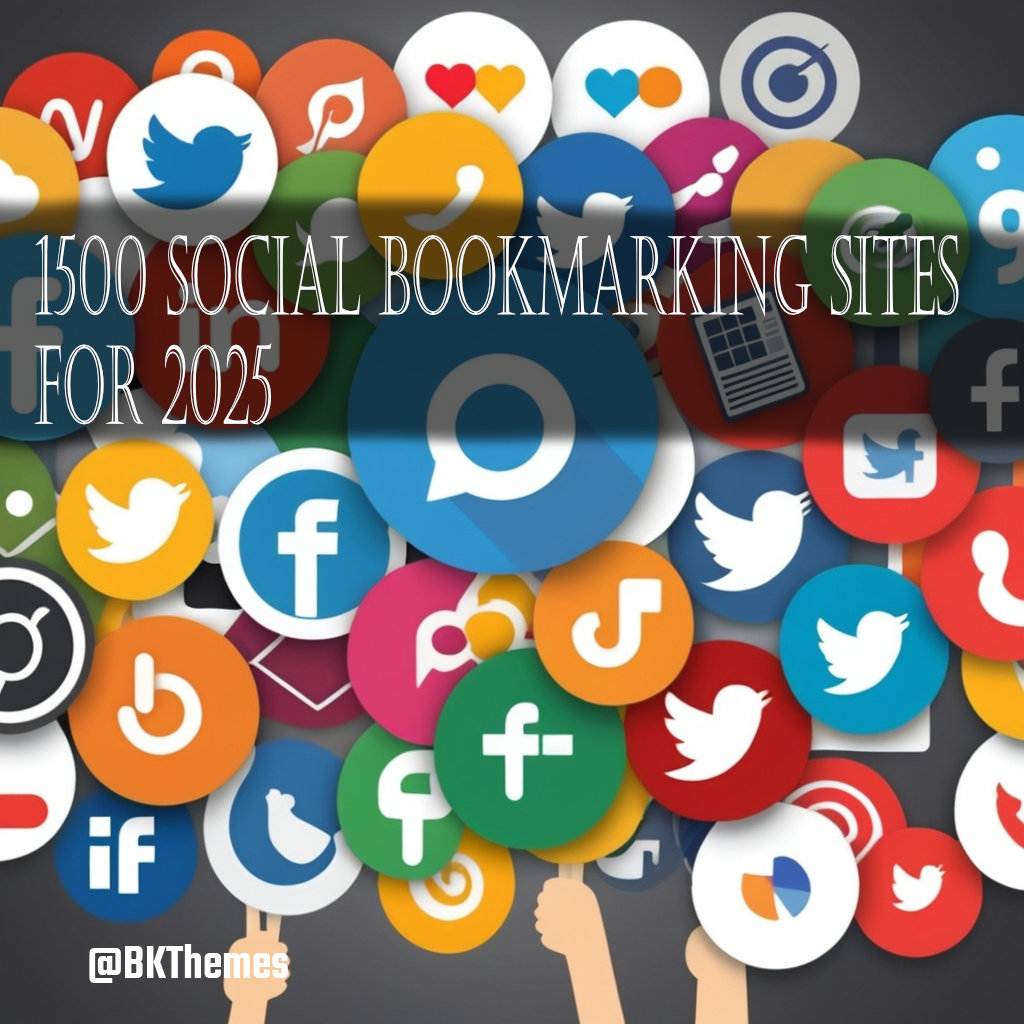
1. Introduction to CSS3
What is CSS3?
CSS3 is like the cool older sibling of CSS, bringing a plethora of new features and enhancements to the styling game. It's where the magic happens!
Benefits of Using CSS3
Think of CSS3 as your superhero cape in the world of web design. It allows for more creativity, flexibility, and efficiency in styling your websites. Plus, it makes your code look snazzy!
2. Selectors and Properties
Basic Selectors
Selectors are like your fashion stylist – they help you target specific elements on your webpage. From element selectors to class selectors, we've got you covered.
Pseudo-classes and Pseudo-elements
Feeling fancy? Pseudo-classes and pseudo-elements add that extra oomph to your styling game. Psst, they're like the secret sauce of CSS3 selectors!
3. Box Model and Layout
Understanding the Box Model
The box model is your layout foundation. It's all about padding, borders, margins, and content – like a delicious layer cake, but for web design!
Layout Techniques in CSS3
From flexbox to grid, CSS3 offers a smorgasbord of layout options to help you arrange your content like a pro. Say goodbye to wonky layouts!
4. Typography and Fonts
Font Properties
Typography is the voice of your website, and CSS3 gives you the mic. Adjust font sizes, styles, and spacing to make your text sing like Beyoncé!
Using Web Fonts in CSS3
Sayonara, boring default fonts! CSS3 lets you spice things up with web fonts, bringing a world of typography possibilities right to your stylesheet. Get ready to go font-crazy!
<img class="wp-image-987504126 aligncenter size-full" src="https://
5. Colors and Backgrounds
Color Values and Formats
When it comes to colors in CSS3, you have a rainbow of options! From named colors like "red" and "blue" to hexadecimal values like #00FF00, you can paint your webpage in any hue you desire. RGB and HSL values are also at your disposal, allowing for precise color control.
Background Properties
Your website's background doesn't have to be boring. With CSS3, you can jazz it up with gradients, images, and even videos. The background properties in CSS3 give you the power to style your site's backdrop in a way that perfectly complements your content.
6. Transitions and Animations
CSS3 Transitions
Smooth transitions can add a touch of elegance to your website. CSS3 transitions allow you to animate changes in properties like color, size, and position. With just a few lines of code, you can make elements on your page move and morph in a visually appealing way.
CSS3 Animations
Take your website to the next level with CSS3 animations. From simple fades to complex keyframe animations, CSS3 gives you the tools to bring your webpage to life. Spice up your site with eye-catching animations that engage your visitors and make your content pop.
7. Flexbox and Grid
Introduction to Flexbox
Flexbox is like a magic wand for creating flexible layouts. With just a few lines of CSS, you can align and distribute elements within a container with ease. Say goodbye to float-based layouts and hello to the world of responsive design made simple with Flexbox.
Creating Layouts with CSS Grid
CSS Grid takes layout design to a whole new level. With its grid-based approach, you can easily create complex, multi-dimensional layouts that adapt beautifully to different screen sizes. Say goodbye to endless nested divs and hello to the power and simplicity of CSS Grid.
8. Responsive Design and Media Queries
Responsive Design Best Practices
In today's multi-device world, responsive design is non-negotiable. CSS3 offers a range of techniques to ensure your website looks great on every screen size, from smartphones to desktops. Embrace fluid grids, flexible images, and media queries to create a seamless user experience.
Using Media Queries in CSS3
Media queries are your secret weapon for building responsive websites. By defining breakpoints in your CSS, you can tailor your layout and content to fit different devices. Media queries allow you to adapt your design based on screen width, height, resolution, and even orientation. Say goodbye to fixed-width layouts and hello to responsive design prowess!
In conclusion, mastering CSS3 is essential for creating modern and responsive web designs. By familiarizing yourself with the concepts and techniques outlined in this cheatsheet, you can elevate your styling abilities and craft visually engaging websites that meet the demands of today's digital landscape. Stay updated on the latest developments in CSS3 and continue to experiment with its features to stay ahead in the ever-evolving world of web development.
[sg_popup id=987504149]
📧 Stay Updated
Get the latest web development tips and insights delivered to your inbox.




